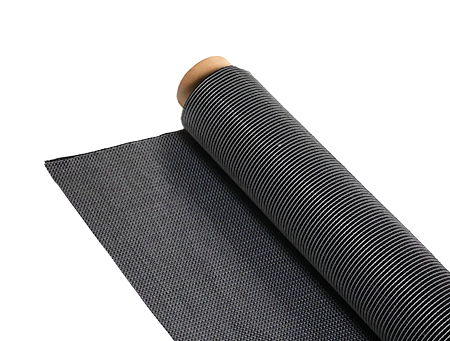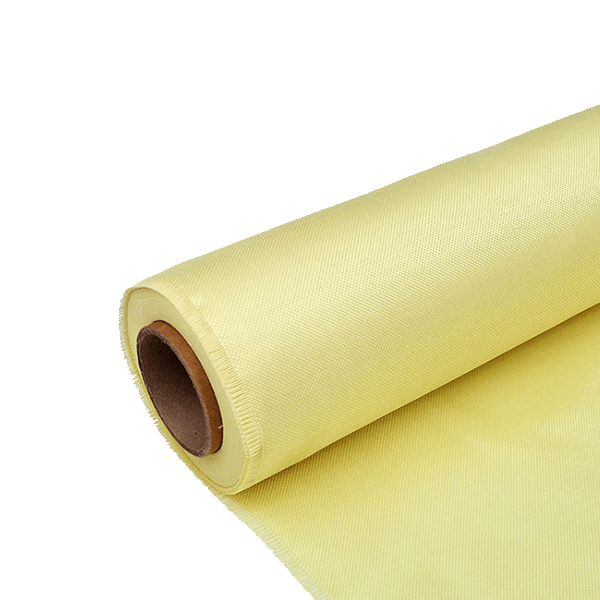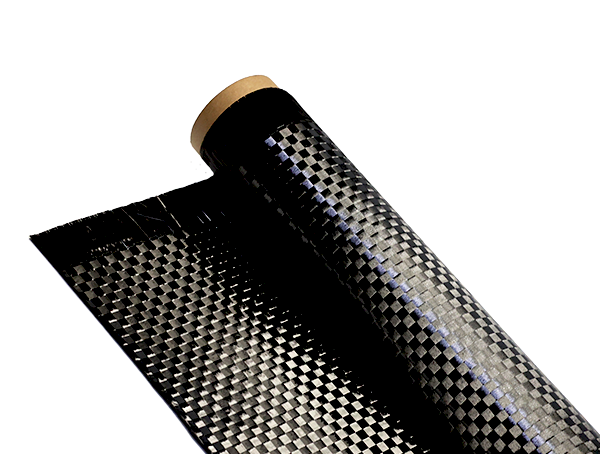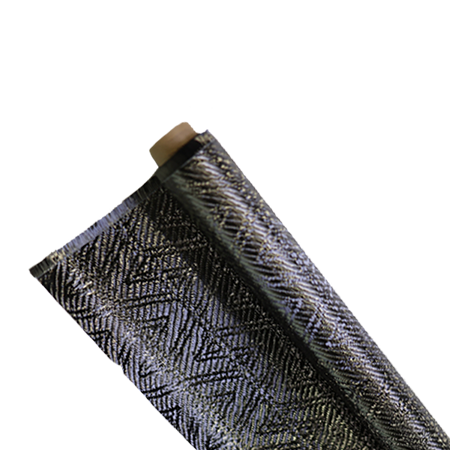How to Negotiate Bulk Pricing When Buying Carbon Fiber?
-
Table of Contents
“Maximize Savings: Master the Art of Negotiating Bulk Pricing for Carbon Fiber!”
Introduction
Negotiating bulk pricing for carbon fiber can significantly reduce costs for businesses and individuals looking to purchase this high-performance material. Understanding the market dynamics, establishing a clear budget, and identifying potential suppliers are crucial first steps. Effective negotiation strategies, such as leveraging volume commitments, exploring long-term partnerships, and being aware of market trends, can enhance your bargaining power. Additionally, preparing to discuss quality specifications and delivery timelines will help in securing favorable terms. This guide will outline key tactics and considerations to successfully negotiate bulk pricing for carbon fiber, ensuring you achieve the best possible deal.
Understanding Bulk Pricing Strategies for Carbon Fiber Purchases
When considering the purchase of carbon fiber in bulk, understanding the intricacies of bulk pricing strategies is essential for maximizing value and ensuring a successful transaction. Carbon fiber, known for its lightweight and high-strength properties, has become increasingly popular across various industries, including aerospace, automotive, and sporting goods. As demand rises, so does the importance of negotiating favorable pricing terms. To effectively navigate this process, one must first grasp the fundamental principles of bulk pricing.
Bulk pricing typically involves discounts that suppliers offer to customers who purchase large quantities of a product. This pricing strategy is rooted in the idea that larger orders reduce the per-unit cost for both the buyer and the seller. Suppliers benefit from economies of scale, which allow them to lower their prices while maintaining profitability. Consequently, buyers can leverage this advantage to negotiate better deals. However, to do so effectively, one must approach the negotiation process with a clear understanding of market dynamics and supplier motivations.
To begin with, it is crucial to conduct thorough market research. Understanding the current market rates for carbon fiber, as well as the pricing structures of various suppliers, provides a solid foundation for negotiation. By comparing prices and terms from multiple vendors, buyers can identify competitive offers and establish a benchmark for negotiations. Additionally, being aware of seasonal trends and fluctuations in demand can further inform the timing of bulk purchases, potentially leading to more favorable pricing.
Once armed with this information, the next step is to engage with suppliers. Building a rapport with potential vendors can significantly enhance the negotiation process. Establishing a relationship based on trust and transparency often leads to more favorable terms. During discussions, it is essential to communicate the intent to purchase in bulk clearly. Suppliers are more likely to offer discounts when they recognize the potential for a significant sale. Furthermore, expressing a willingness to commit to long-term partnerships can incentivize suppliers to provide better pricing.
In addition to establishing a relationship, it is beneficial to explore various negotiation tactics. For instance, buyers can inquire about volume discounts, payment terms, and shipping costs. By addressing these factors, one can create a comprehensive understanding of the total cost of ownership, which is crucial for making informed decisions. Moreover, it is wise to be flexible in negotiations. If a supplier cannot meet the desired price, consider discussing alternative options, such as adjusting the order quantity or exploring different product specifications that may yield cost savings.
Another effective strategy is to leverage competitive offers. If a buyer has received a more attractive quote from another supplier, presenting this information during negotiations can encourage the current supplier to match or beat the offer. However, it is essential to approach this tactic with caution, as it requires honesty and integrity to maintain a positive relationship with suppliers.
Ultimately, successful negotiation of bulk pricing for carbon fiber purchases hinges on a combination of research, relationship-building, and strategic communication. By understanding market dynamics and employing effective negotiation tactics, buyers can secure favorable terms that not only reduce costs but also foster long-term partnerships with suppliers. As the demand for carbon fiber continues to grow, mastering these strategies will be invaluable for businesses looking to optimize their procurement processes and enhance their competitive edge in the market.
Key Negotiation Tactics for Securing Better Deals on Carbon Fiber

When it comes to purchasing carbon fiber in bulk, effective negotiation tactics can significantly influence the final price and terms of the deal. Understanding the nuances of negotiation is essential for buyers seeking to secure better pricing and favorable conditions. One of the first steps in this process is to conduct thorough market research. By familiarizing oneself with current market prices, trends, and the various suppliers available, buyers can establish a solid foundation for negotiation. This knowledge not only empowers the buyer but also demonstrates to the supplier that the buyer is informed and serious about the purchase.
Once a buyer has gathered sufficient information, it is crucial to approach the negotiation with a clear understanding of their own needs and limitations. This includes determining the quantity of carbon fiber required, the desired specifications, and the budget constraints. By having a well-defined set of requirements, buyers can communicate their needs effectively, which can lead to more productive discussions. Additionally, being transparent about budget limitations can foster goodwill and encourage suppliers to offer more competitive pricing.
Another effective tactic is to build a rapport with the supplier. Establishing a positive relationship can create a more collaborative atmosphere during negotiations. This can be achieved through open communication, showing appreciation for the supplier’s expertise, and expressing a genuine interest in their products. When suppliers feel valued, they may be more inclined to offer discounts or flexible terms, as they see the potential for a long-term partnership rather than a one-time transaction.
Moreover, leveraging competition among suppliers can be a powerful strategy. By obtaining quotes from multiple suppliers, buyers can create a sense of urgency and competition, which may prompt suppliers to lower their prices to secure the deal. It is important, however, to approach this tactic ethically; buyers should avoid making false claims about competing offers, as this can damage relationships and harm future negotiations.
In addition to these strategies, buyers should also consider the timing of their purchase. Suppliers may be more willing to negotiate during certain times of the year, such as at the end of a fiscal quarter or during slow sales periods. By aligning the timing of the purchase with the supplier’s business cycle, buyers can increase their chances of obtaining better pricing. Furthermore, being flexible with delivery schedules can also provide leverage in negotiations, as suppliers may be more inclined to offer discounts for orders that align with their production schedules.
Lastly, it is essential to be prepared to walk away if the terms do not meet the buyer’s expectations. This willingness to disengage can often lead to better offers from suppliers who may reconsider their initial pricing. However, it is crucial to approach this tactic with caution; buyers should ensure that they are genuinely prepared to seek alternatives before using this strategy.
In conclusion, negotiating bulk pricing for carbon fiber requires a combination of research, relationship-building, and strategic timing. By employing these key tactics, buyers can enhance their negotiating power and secure better deals. Ultimately, successful negotiations not only result in cost savings but also lay the groundwork for future collaborations, fostering a mutually beneficial relationship between buyers and suppliers in the carbon fiber industry.
Building Relationships with Suppliers to Enhance Bulk Pricing Negotiations
When it comes to negotiating bulk pricing for carbon fiber, building strong relationships with suppliers is a crucial strategy that can significantly enhance the outcome of your negotiations. Establishing a rapport with suppliers not only fosters trust but also opens the door to better pricing, improved service, and more favorable terms. To begin with, it is essential to approach suppliers with a mindset geared towards collaboration rather than mere transaction. This means taking the time to understand their business, including their challenges and goals, which can create a foundation for a mutually beneficial partnership.
One effective way to build this relationship is through consistent communication. Regularly engaging with suppliers, whether through phone calls, emails, or in-person meetings, allows you to stay informed about their offerings and any changes in the market. This ongoing dialogue can also provide insights into their pricing structures and the factors that influence their costs. By demonstrating genuine interest in their operations, you position yourself as a valued partner rather than just another customer, which can lead to more favorable pricing negotiations.
Moreover, it is beneficial to demonstrate loyalty to your suppliers. When you consistently place orders with a particular supplier, you signal that you are committed to a long-term relationship. This loyalty can be rewarded with better pricing, as suppliers often prefer to offer discounts to customers who provide them with steady business. Additionally, being a reliable customer can lead to priority service, which is particularly advantageous when you require urgent deliveries or special requests. Therefore, it is wise to evaluate your purchasing patterns and consider consolidating your orders with fewer suppliers to strengthen these relationships.
In addition to loyalty, transparency plays a vital role in enhancing negotiations. When discussing your needs and expectations with suppliers, being open about your budget constraints and volume requirements can help them understand your position. This transparency allows suppliers to tailor their offers more effectively, potentially leading to better pricing options. Furthermore, sharing your long-term plans and growth projections can encourage suppliers to invest in your business, as they may see the potential for increased orders in the future.
Another important aspect of relationship-building is the willingness to negotiate in good faith. While it is essential to advocate for the best possible price, it is equally important to recognize the value of the supplier’s expertise and the quality of their products. Acknowledging their strengths and being respectful during negotiations can create a positive atmosphere that encourages suppliers to be more flexible with their pricing. This approach not only enhances the likelihood of securing better deals but also lays the groundwork for future negotiations.
Finally, consider leveraging industry events and trade shows as opportunities to strengthen supplier relationships. These gatherings provide a platform for face-to-face interactions, allowing you to engage with suppliers in a more personal setting. By participating in discussions and networking with industry professionals, you can gain valuable insights and establish connections that may prove advantageous during future negotiations.
In conclusion, building relationships with suppliers is a fundamental strategy for enhancing bulk pricing negotiations when purchasing carbon fiber. By fostering trust through consistent communication, demonstrating loyalty, maintaining transparency, negotiating in good faith, and leveraging industry events, you can create a collaborative environment that benefits both parties. Ultimately, these efforts can lead to more favorable pricing, improved service, and a stronger partnership that supports your business objectives in the long run.
Q&A
1. **Question:** What is the first step to take when negotiating bulk pricing for carbon fiber?
**Answer:** Research the market prices and gather quotes from multiple suppliers to understand the average cost and establish a baseline for negotiation.
2. **Question:** How can you leverage your purchasing power in negotiations?
**Answer:** Highlight the volume of your order and any potential for future business to demonstrate your value as a long-term customer, which can encourage suppliers to offer better pricing.
3. **Question:** What additional factors should you consider when negotiating bulk pricing?
**Answer:** Consider factors such as payment terms, delivery schedules, and any additional services (like cutting or finishing) that may affect the overall cost and value of the deal.











